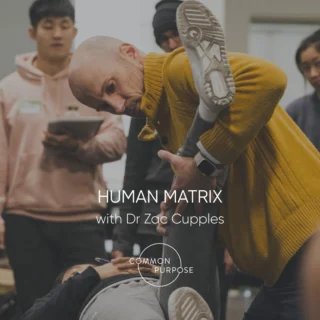Approximately 7 Minutes Reading Time
Brief Article Overview
- General intelligence (g) can be subdivided into two categories:
-
- General crystallized intelligence (gc).
- General fluid intelligence (gf).
- General crystallized intelligence relies on prior learning and knowledge to solve problems, whereby general fluid intelligence is the ability to navigate novel situations.
- Fluid intelligence peaks much earlier (early adulthood), at which time it declines relatively rapidly.
- Of all potential interventions (including memory/puzzle/problem-solving training etc.), regular exercise has been shown to be unique in its ability to improve retention and reduce the rate of decline of fluid intelligence throughout adulthood.
Introduction
Intelligence is a vast subject and discussions as to the validity of current assessments, definitions and terms is not within the scope of this article. However, in order to explain the relationship between exercise and fluid intelligence, we should understand some basic definitions, to give context to the discussion.
General Intelligence (g) summarises the positive correlations amongst an individual’s various cognitive abilities. In layman’s terms, it is a measure of general performance amongst a variety of seemingly different tasks.
For example, on the surface, one’s ability to speak Latin doesn’t predict one’s mathematical prowess. However, it has been identified that the competence required to learn a complex skill, such as Latin, may translate (if somewhat partially) to one’s ability to learn mathematics.
G and IQ are both obtained by using intelligence tests (WAIS – Wechsler Adult Intelligence Scale; RPM – Raven’s Progressive Matrices or KAIT – Kaufman Adolescent and Adult Intelligence Test). These tests include various subsets, such as working memory, visual-spatial processing, quantitative reasoning, general knowledge and fluid reasoning. The g factor is essentially the correlation amongst these different subsets and IQ is the rank ordering of the overall result amongst all others who have taken the test.
A good analogy is that of a computer processor. G would represent the average speed at which an individual processor can perform a wide range of functions. Whereas IQ would be a comparison of the results of specific simulations run by the computer, and rank-ordered amongst all other computers.
It is useful to note g is highly correlated with IQ (R-value around 0.95!), to the point that they are often used interchangeably.
Fluid Intelligence and Crystallized Intelligence
In the 1960s, the theory that general intelligence can be subdivided into two categories; fluid (gf) and crystallized (gc) intelligence, was proposed by psychologist Raymond Cattell (1). After further statistical research over the next couple of decades, it seemed that his theory held some validity, and could be reliably tested for (2, 3 & 4). They are defined and distinguished as follows:
“Fluid intelligence is the ability to use logic and solve problems in new or novel situations without reference to pre-existing knowledge. Crystallized intelligence is the ability to use knowledge that was previously acquired through education and experience.”
“Fluid general ability shows more in tests requiring adaptation to new situations, where crystallized skills [domain-specific knowledge] are of no particular advantage”.
Gf and Gc Time-Trends Throughout Life
Due to the reliance on prior learning and contextual knowledge, crystallized intelligence tends to grow throughout childhood and adulthood and peaks later in life (as late as 60-70y/o). Its crystallized nature seems to be more stable over time. Fluid intelligence, however, increases throughout childhood and adolescence, but seems to peak in early adulthood and then, unfortunately, starts to decline (5, 6, 7, & 8).
 Tiago
Tiago






